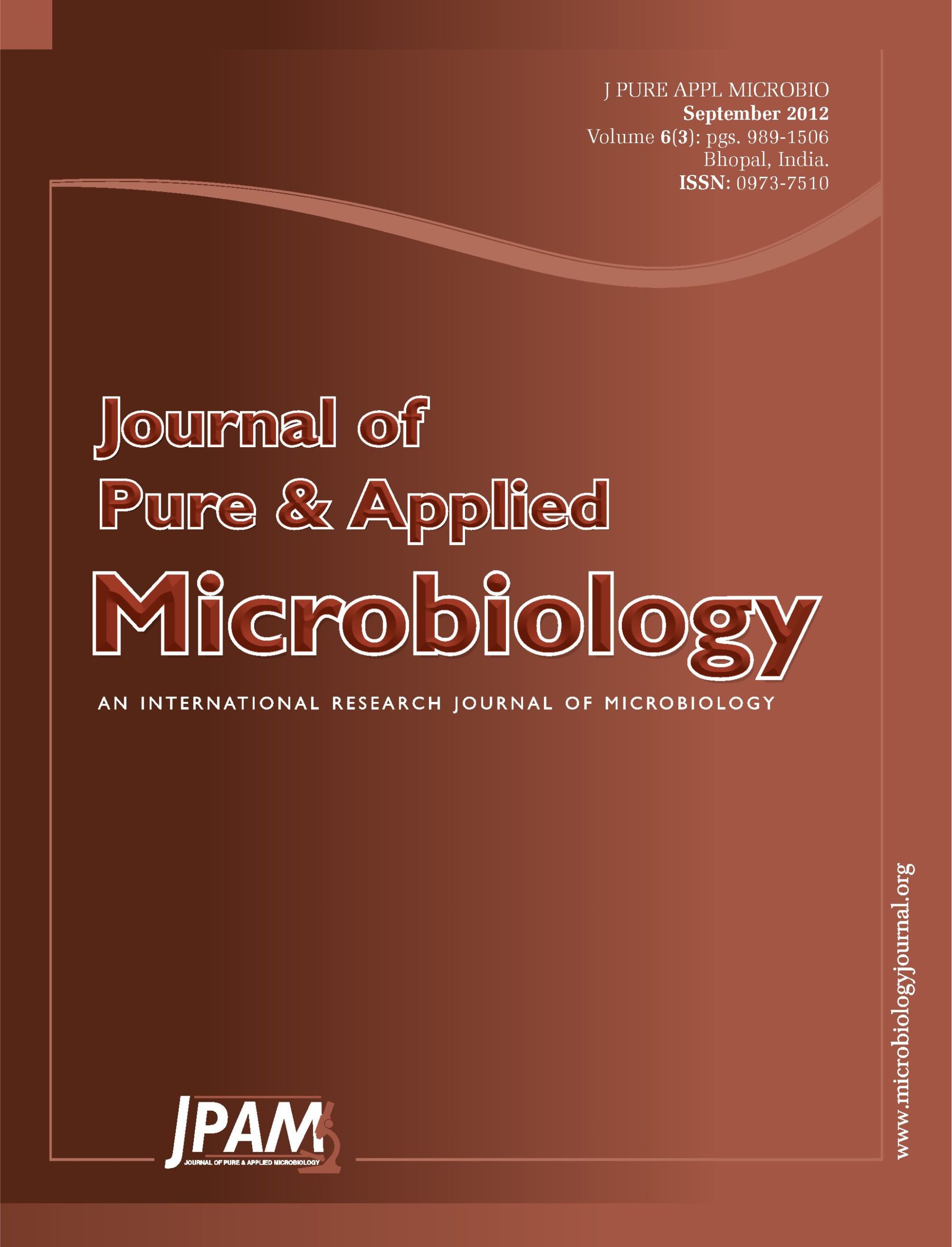Plant constitute vast and diverse niche for endophytic microbes. Endophytic bacteria reside within plants without causing disease symptoms. During the association the invading bacteria benefit the acquired host with a marked increase in plant growth, vigor and yield. The diversity of endophytic microbes to a large extent remains unexplored. In this study fresh roots of Cymbopogon species were used for the isolation of endophytic diazotrophic bacteria using standard methods. Cymbopogon species are widely used all over the India as an aromatic and medicinal plant. The most frequently endophytic diazotrophs isolated from Cymbopogon species are Klebsiella pneumoniae, Bacillus pumilus, Pseudomonas fluorescence and Burkholderia cenocepacia. Determining genetic relationship between the species or genera is very important for genetic improvement and phylogenetic studies. In silico study was conducted to understand the major evolutionary relationships among the endophytic bacteria of Cymbopogon species using nucleotide sequence of 16s ribosomal RNA with other bacteria obtained from GenBank.
Endophyte, Diazotroph, 16S rRNA, diversity, In silico
© The Author(s) 2012. Open Access. This article is distributed under the terms of the Creative Commons Attribution 4.0 International License which permits unrestricted use, sharing, distribution, and reproduction in any medium, provided you give appropriate credit to the original author(s) and the source, provide a link to the Creative Commons license, and indicate if changes were made.


